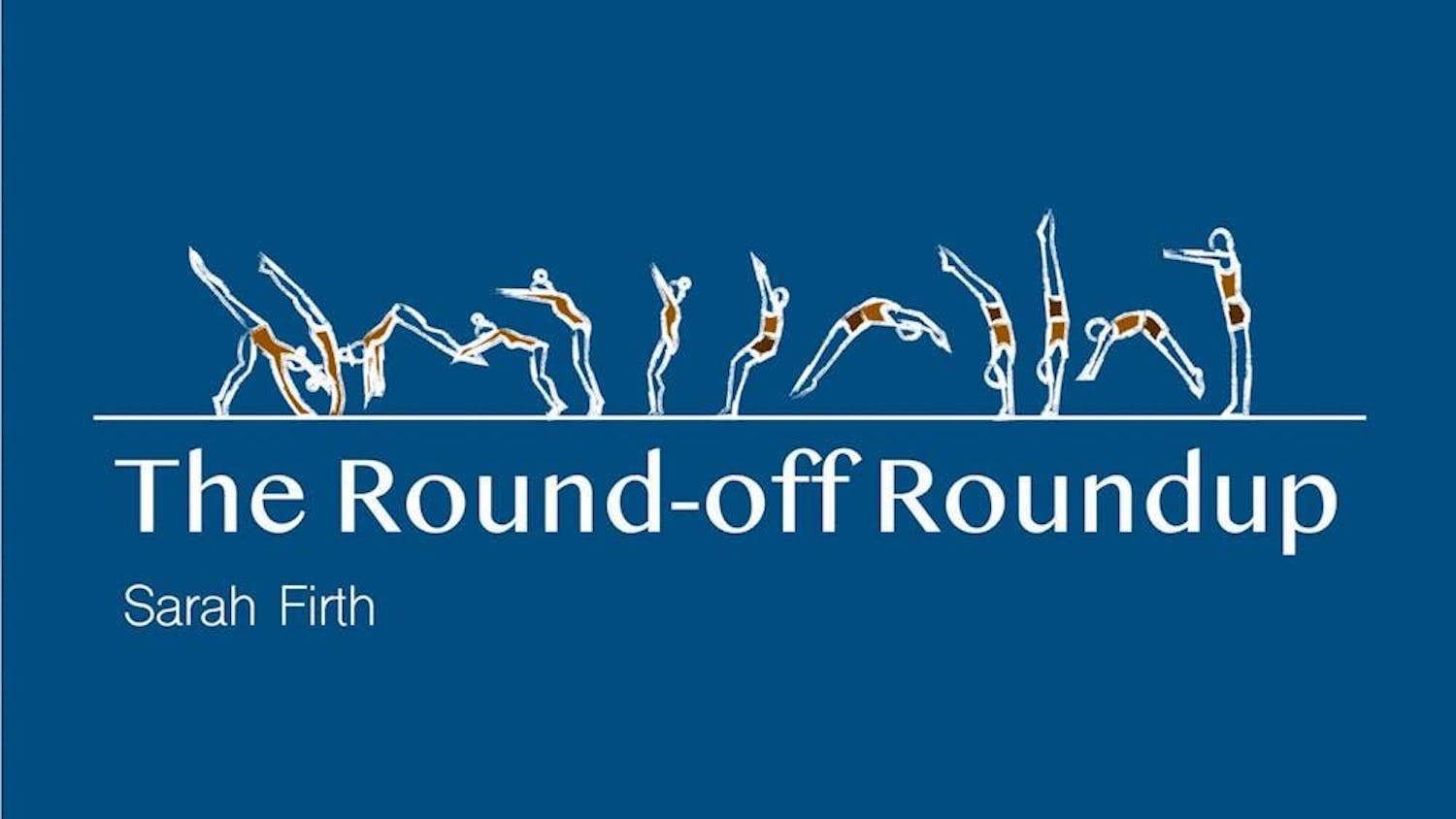Perusing through stores like H&M and Forever 21, it’s difficult not to be struck by how affordable clothing has become and to wonder how clothing companies, especially those known as fast-fashion brands, can peddle clothing so cheaply. Most people are aware of the textile industry’s connections to child labor and worker exploitation in developing nations, but it is also important to address the industry’s heavy contribution to our worsening environmental crisis.
As it has grown throughout the last few decades, fast fashion is a movement in the clothing industry that aims to satisfy consumers’ appetites for shopping and consumerism in the Global North. It involves the mass production of low-quality, disposable clothing engineered to take maximum advantage of today’s rapidly changing trends. In the past, fashion brands would typically release two new collections a year; yet today, fast-fashion brands release 52 ‘micro-collections’ a year to keep up with the internet’s accelerated rate of trends. This increased rate of release is mirrored by a massive augmentation in production, as the industry now produces 400% more clothing than it did 20 years ago. Unlike the clothing produced in the past, however, today’s clothing is designed to be thrown away after only a few uses. Poor fabric quality and increased consumption mean that the average piece of clothing today is only worn seven times before being thrown out, and only 20 to 30% of the clothing in the average woman’s closet is being worn. This gluttonous consumption comes with a great environmental cost, especially to those in the Global South.
Cotton consumes huge amounts of water: One kilogram of cotton requires 10,000 liters of water to produce, meaning that the average cotton T-shirt requires 3,000 liters of water to be produced. By the time the cotton is grown, harvested and dyed, the production of an average pair of jeans could have consumed around up to 10,000 liters of water, equal to the amount that the average person drinks in a decade. In addition, the dyeing process is incredibly toxic and polluting: 20% of global wastewater (tainted water unfit for consumption) originates in the textile dyeing processes in the fashion industry, making it the second largest freshwater polluter globally. Over 70 harmful chemicals are present in modern textile dyes, most of which end up in rivers and oceans. This problem is especially impactful in the Global South, where access to water is scarce and precious. The amount of water used in India’s textile industry could provide 100 liters a day to 85% of its 1.24 billion people for one year, a monumental figure for a country where 100 million people do not have access to safe drinking water.
The fashion industry also has a massive impact on emissions, producing 1.2 million metric tons of CO2 every year — more than the combined emissions of France, Germany and the United Kingdom. In addition, the industry cuts down 70 million tons of trees every year in order to produce fabrics like rayon and viscose, endangering forests critical for biodiversity and eliminating crucial carbon sinks.
One of the most obvious and accessible ways to combat this trend is to ‘thrift,’ or buy clothing secondhand. Giving discarded clothes another life rather than buying more firsthand is an excellent way to reduce the climate impact of your apparel. Many companies, including Marks and Spencer, are investing in the secondhand apparel market, increasing the availability and selection of thrifted clothing. Another way to reduce your personal impact is to make sure your clothes are produced in places with comprehensive and enforced environmental regulations. Ultimately, the best way to combat fast fashion is to invest in clothing designed to be well-used and repaired: It’s always prudent to repair rather than replace.





